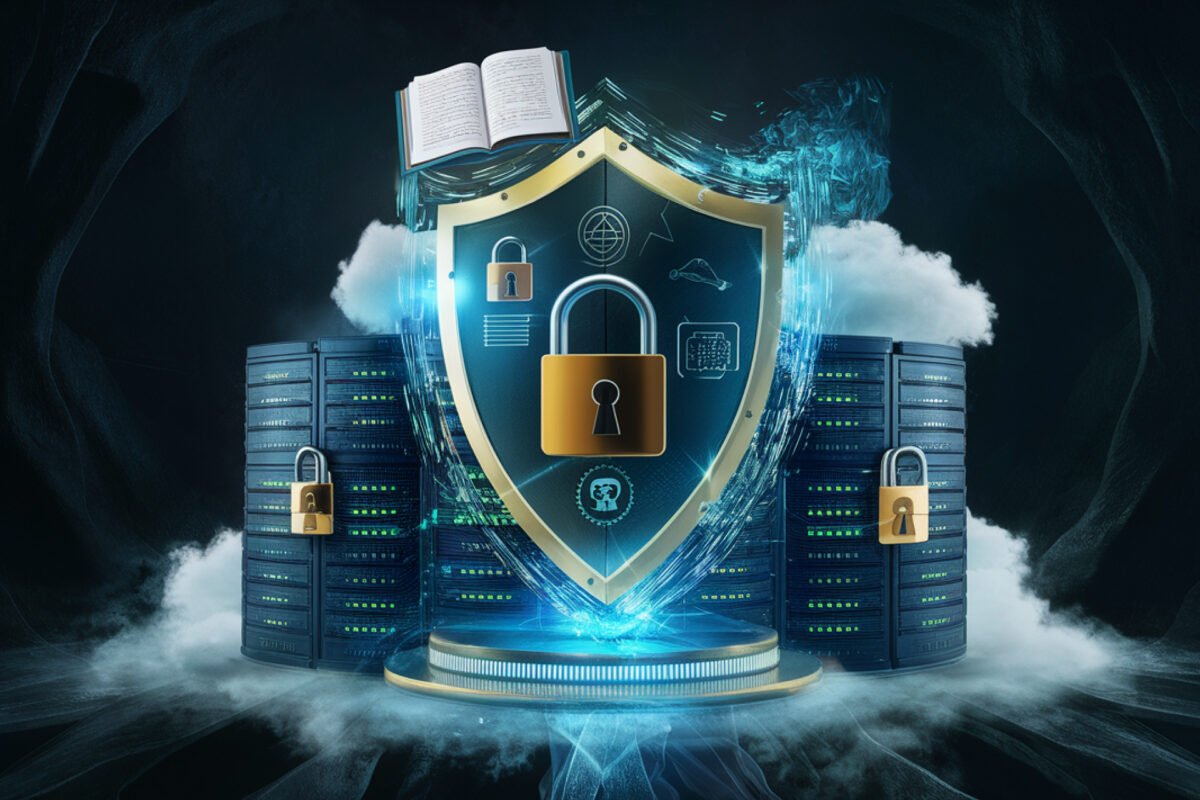Reaching your target audience with top-notch content is essential to that education.
What qualifies as high-quality content?
First, no one-size-fits-all method exists for producing excellent content or picking the ideal pieces for your lead generation initiatives. To match your content mix with the issues and objectives of your target audience, it is essential to cater to a range of consumer preferences concerning format, length, authorship, and stage. Concentrating on timely and popular entrance points within your market would help.
Even though we know this is a problematic endeavor, developing a robust content marketing strategy is crucial since customers consume information for a large portion of their research process before contacting sales. To keep your brand and message fresh in the minds of potential customers, you should continuously strive to engage them with content that speaks to their interests. In other words, if you want to be on your prospect’s shortlist, you must be patient!
6 Strategies for Selecting Effective Lead Generation Content
- A Checklist for Excellent Content
What is the required amount of material for your go-to-market strategy?
Participants in a prior study stated that they had read at least five pieces of information before speaking with a sales representative. According to a recent survey, consumers today look through at least 12 pieces of material on average before making a purchase. Consequently, we advise using 12 or more pieces of content in your lead generation strategy.
- What categories of content?
There is no one-size-fits-all content style for effectively engaging buyers. In their research, buyers typically use four or more different forms of material (e.g., case studies, blogs, infographics, webinars/virtual events, analyst reports, product spec sheets, expert reviews/assessments, white papers, etc.). Aim to balance lengthy, in-depth information and short-form content, PDF or text-based content, and streaming/video content to cater to different buyer learning preferences.
- How is the distribution of your content across the purchasing cycle?
Depending on your area’s level of market maturity, we often advise a combination across all buying stages. Prioritizing this bucket of content is wise because awareness content that addresses buyers’ pain points and market trends typically receives higher click-through rates and generates more leads overall. However, consideration- and decision-stage content is still crucial to the buyer lifecycle because it moves audiences down the funnel to sales engagement and finds qualified leads ready to buy.
- What percentage of your content is timeless? What does it mean to become outdated?
Content deemed “evergreen” does not heavily rely on research data or statistics, nor does it specifically refer to a particular year, set of data, or deadline. Time-sensitive articles have a longer shelf life, but your audience is more likely to be highly engaged if they are current. Aim for a balance between timely and evergreen items, and remember that if market trends shift, both will probably perform worse. Regularly check if your mix is still timely.
- Are you speaking too many personas?
Your campaign’s content should appeal to a range of personalities by covering numerous subjects and entrance points to reach as many buying team members as feasible. Generally speaking, buying teams have eight or more individuals from various departments. Therefore, it’s important to provide material that appeals to a wide range of buying teams rather than just senior leadership, who are typically more involved in the latter phases of the purchase process.
- How do you determine if a topic resonates?
When a new change agent affects buying dynamics, buyers particularly value current resources that represent market trends and dynamics. An “always on” method is to monitor the messaging of your competitors’ websites, carefully observe how trends in your industry develop through reputable news sources, articles, and blogs, and keep an eye on what themes and material appeal to consumers the most.
The fundamentals explained
Choosing the right content for your lead generation campaign is a crucial yet challenging part of creating a flexible and resilient lead generation strategy for today’s marketers. Finding the right balance when selecting material is vital, so keep to a wide range of content kinds, stages, and excellent, current pieces suitable for your target audience. Your prospects’ shortlist will grow faster if you have these six checklist items in your back pocket and are dedicated to teaching your readers about hot, trending subjects.



